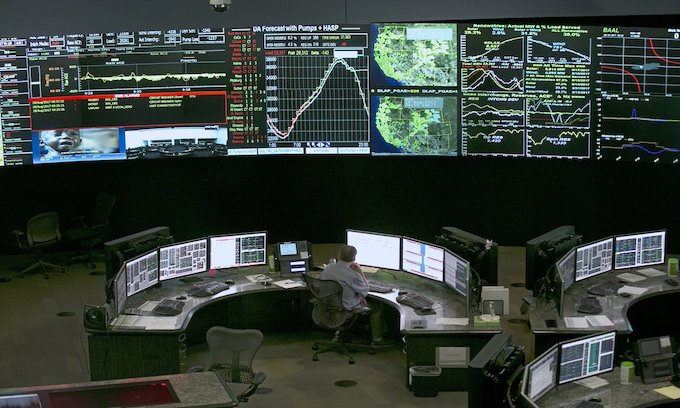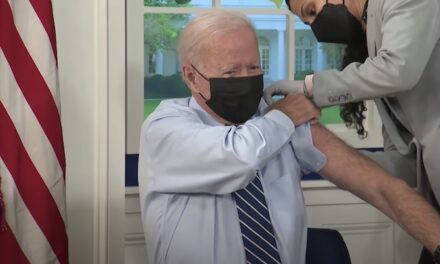California’s power grid faltered again Saturday night, prompting a second consecutive night of rolling blackouts as the state buckled under the weight of a scorching heat wave.
The California Independent System Operator, which runs the grid, declared a Stage 3 emergency around 6:30 p.m., said ISO spokeswoman Anne Gonzales. The ISO, which earlier was confident it would navigate the day without more blackouts, said grid conditions quickly went south after a major power plant malfunctioned.
Gonzales said the emergency ended 20 minutes later, meaning utilities would begin restoring power quickly.
Angela Lombardi, a PG&E Corp. spokeswoman, confirmed that the utility had begun restoring power to the estimated 220,000 of its affected households and businesses. The restoration was expected to be completed by the end of the night. “It’s a longer process to turn people back on,” she said.
PG&E said the outages in its territory were mainly in the Central Coast and Central Valley, including Monterey, Santa Cruz and San Joaquin counties. The 220,000 customers were about as many PG&E customers who were hit Friday night.
PG&E’s blackout map showed about roughly 65,000 customers without power in the Stockton area and about 3,600 in Walnut Grove. By 8 p.m., only about 55,000 customers in PG&E’s territory, which spans a wide swath of the state, remained offline.
The blackouts didn’t affect the Sacramento Municipal Utility District, which isn’t part of the ISO grid.
Earlier in the day, PG&E warned that blackouts were possible Saturday afternoon. The ISO, however, continued to say it believed it would get through the day without any serious problems.
Then, shortly after 6:15 p.m., it declared a Stage 2 emergency, which meant it was telling utilities to take power away from “interruptible” customers — those who agree to surrender electricity during crunch period in exchange for incentive rates. Less than a half hour later, with the grid’s power situation rapidly deteriorating, it went to Stage 3, triggering the start of blackouts.
Later, the ISO said the Stage 3 emergency became necessary when a 470-megawatt power plant went offline unexpectedly, and about 1,000 megawatts of wind power disappeared. The ISO was able to end the emergency quickly after wind generation picked up again.
The blackouts, Friday and Saturday, are the first since the 2001 energy crisis, when the main culprits were rogue energy traders exploiting the loopholes in California’s newly-deregulated electricity market.
This time, officials at the ISO say the problem lies with the weather. It was 106 degrees Saturday night in Sacramento. The high temperature in downtown Sacramento was recorded by the National Weather Service was 111 degrees, shattering the record of 108 set a century ago.
Meanwhile, the demand for electricity is expected to rise again Monday and Tuesday; the thermometer will hit 110 on Tuesday, according to forecasts.
“Every time the temperature goes up a degree or two, it affects the grid,” Gonzales said.
___
(c)2020 The Sacramento Bee (Sacramento, Calif.)
Visit The Sacramento Bee (Sacramento, Calif.) at www.sacbee.com
Distributed by Tribune Content Agency, LLC.
—-
This content is published through a licensing agreement with Acquire Media using its NewsEdge technology.



















Recent Comments